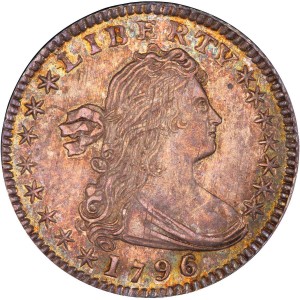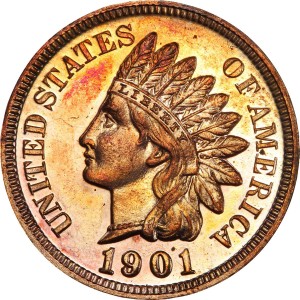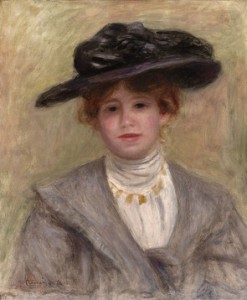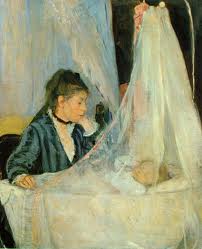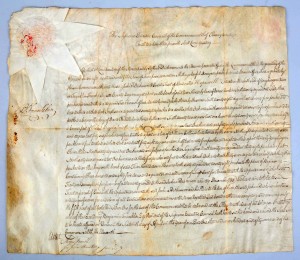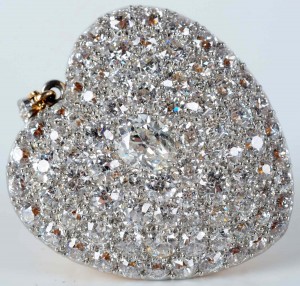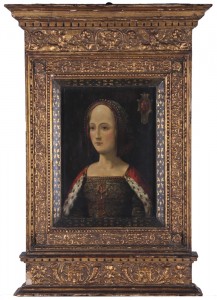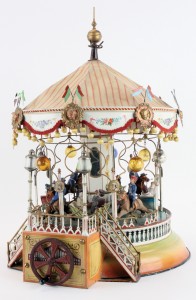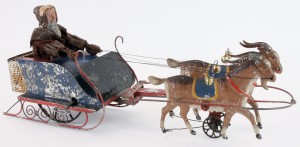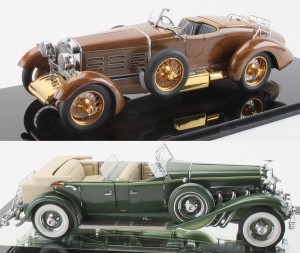Wovensouls’ April 6 debut auction features private collection of antique textiles, Asian cultural art
Wednesday, March 13th, 2013SINGAPORE – Discovering and learning about remote Asian cultures has long been a passion of Jaina Mishra’s. An award-winning photographer and travelogue writer, Mishra has spent the past 10 years reverently documenting what she describes as “vanishing cultures.” While immersing herself in the decade-long odyssey that took her to faraway mountains and valleys that few tourists visit, Mishra also collected tribal textiles, jewelry and folk art objects she felt were special. And although she never previously attempted to make her living from the sale of Asian cultural art, Mishra, an MBA whose fascination with distant places and people dates back to her childhood in India, is now taking that logical next step. She will share her remarkable finds with the rest of the world in an April 6 online-only auction conducted through LiveAuctioneers.com.
Mishra chose the business name Wovensouls because her collection began with textiles and later expanded to include other artforms. “Textiles are the woven expression of the soul of a tribe, so the name appealed to me,” she explained.
Before formally launching her business, Mishra tested the commercial waters by selling a few pieces privately. Then, at the end of 2012, came an important breakthrough. Mishra sold a piece to one of the world’s most prestigious museums. That particular sale was a validation to Mishra that she had achieved the level of sophistication required to identify and deal in top-quality Asian cultural art.
“It made me think, ‘If a top-class museum is buying from me, then the only thing standing in the way of Wovensouls becoming a successful venture is my own lack of effort.’ Up until that time, I wasn’t really sure if my eye was good enough. I had always bought using my eye and instinct, and only once had I bought an item solely because of its provenance or because someone else said it was good,” Mishra said.
All of the pieces offered in the April 6 auction are from Mishra’s 10-year personal collection and nearly all were obtained firsthand during her travels. The carefully assembled auction selection includes jewelry, hand-painted art objects, manuscripts and, of course, textiles. The cultures represented are largely Tibetan and Ladakh (an Indian culture influenced by Tibet), with the addition of pieces from Borneo (Dayak), India and the Golden Triangle of northern Thailand, South Vietnam and Laos. The latter region is home to the Yao and Attapeu Hilltribe peoples.
The collection also includes art from the Indian Gujarat culture. “Gujarat art is very beautiful and, I believe, undervalued,” said Mishra. “Some of the Gujarat people are descended from Romany gypsies. Their art is unique and deserves further research.”
Among the most impressive items in the sale are three decorative antique peraks, or headdresses, from the Himalayas. Peraks – which can weigh as much as 29 lbs. each – are usually passed down from mother to daughter until there is a generation with no female child. In such cases, the perak is donated to a monastery after a ceremony and subsequently auctioned. Lot 102 is from the Zanskaar Valley and is embellished with old turquoise stones, coral, silver and lapis. Its two side panels are adorned with rows of pearls, which are rarely seen in peraks. Estimate: $6,000-$8,000. Another fine Zanskaar Valley perak has similar decorative elements, but with highly prized coral rather than pearls on its side panels. Its estimate is $8,000-$12,000. The third example is from the Changthang region and has pearl borders along the hood and small, suspended coral chains that serve as a veil. This particular perak could make $9,000-$12,000.
Lots 113 and 115 are 19th-century Tibetan noblewomen’s headdresses known as pat’h. “These pat’h are very rare. Once they are gone, I doubt I’ll ever be able to find any others,” Mishra noted.
Photos of Tibetan pat’h are seen in the Pitt Rivers Museum at the University of Oxford and in the Schuyler Jones book “Tibetan Nomads.” Status symbols in their culture, pat’h were used to support elaborate hairstyles and typically were enhanced with coral, turquoise and pearls. The two examples in Wovensouls’ auction are estimated at $12,000-$16,000 and $10,000-$15,000, respectively.
Presale interest has been shown in many lots containing woven Tibetan garments and accessories. They include bags and pouches, yak-wool pants, a bridal coat, kaabo cummerbund, and a costume set consisting of a coarse wool chooba and baku.
Pabuji-ki-phad are large, beautifully hand-drawn and hand-painted folk art textiles used as a backdrop mural for devotional performances by “bhopas.” Each narrates a story about the lok deva, or folk gods. Ancestral phads are passed from father to son and used over three or four generations. Lot 131, executed in stunning rose, green and blue shades, was acquired from one of the few surviving phad artists and is estimated at $5,000-$8,000. Lot 132 was created by the renowned phad master artist the late Shri Jadau Chand Shrilal, who work is displayed at the Asian Art Museum in San Francisco. Its estimate is $4,000-$8,000.
There are seven palm leaf etchings in the collection, all from Odisha, India. Several of these fascinating hand-inscribed works narrate legends or folk tales. Others relate the story of a journey to Java Sumatra, are etched with writings about medicine, or, in one case, display content from the Kama Sutra, therefore classifying the etching as erotica.
Wovensouls’ April 6 online-only auction featuring the personal collection of Jaina Mishra will commence at 10 a.m. Pacific Time (1 p.m. Eastern). For questions about any item in the sale, e-mail jaina@wovensouls.com or call Singapore 011 659 824 2864. Prompt international shipping.
Log on to www.LiveAuctioneers.com to view the fully illustrated catalog and sign up to bid absentee or live online during the April 6 auction. Visit Wovensouls online at www.wovensouls.com.

